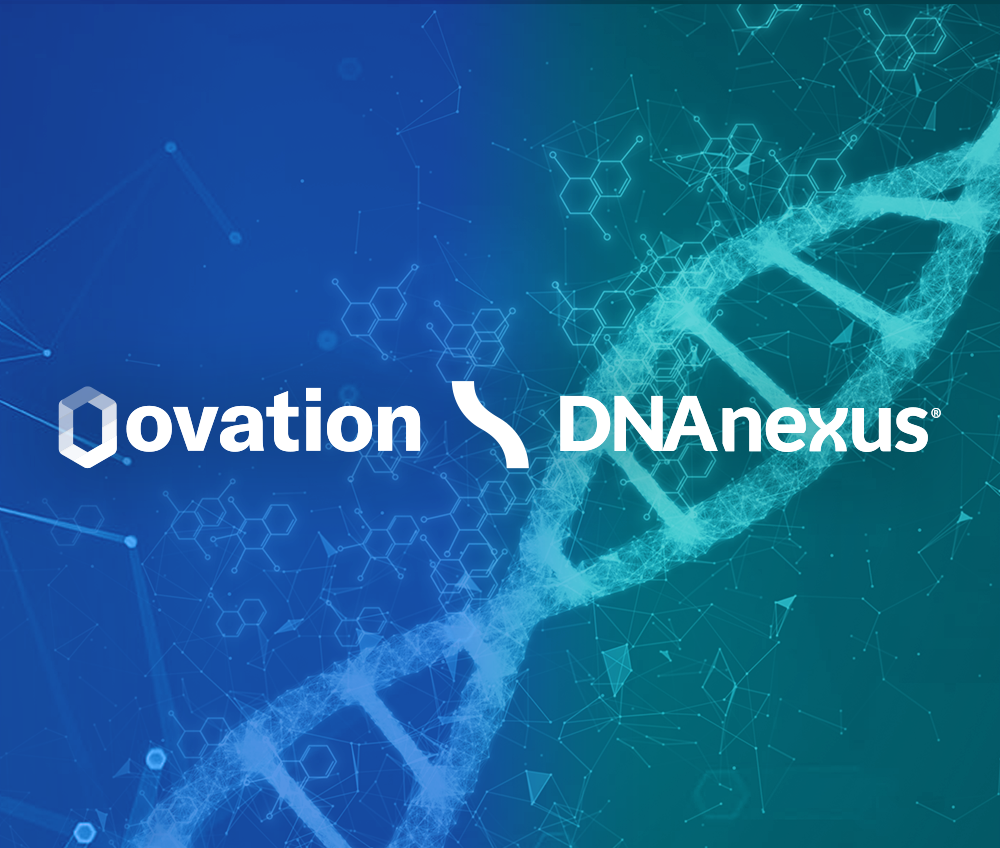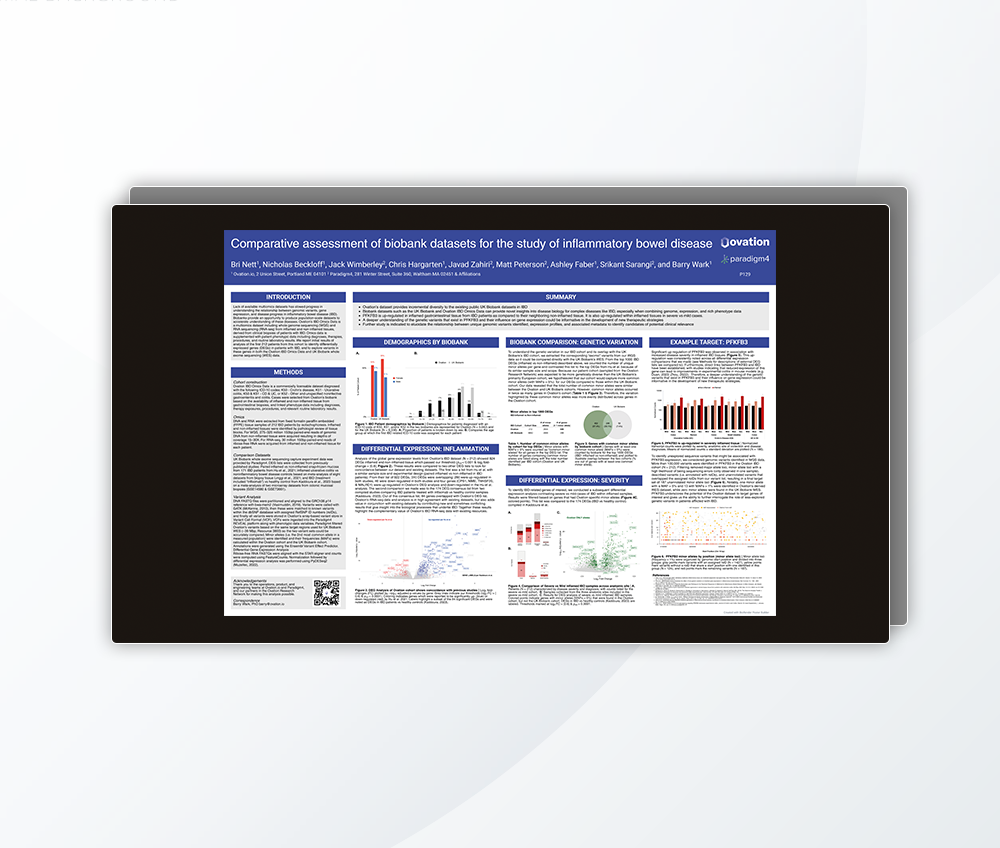With this CLIA compliance FAQ, your lab can work toward achieving compliance to ensure quality testing standards are fulfilled and expand the complexity of testing your lab can process. Your commitment to these standards accelerates the creation of new therapies for infectious diseases and rare genetic disorders. Ovation is proud to assist labs like yours as they prepare for the compliance process and utilize a LIMS for sample testing.
What does CLIA stand for?
Clinical Laboratory Improvement Amendments (CLIA) of 1988 contains the Code of US Federal Regulations that govern any entity that returns patient test results for the purposes of caring for that patient. CLIA is overseen by the FDA, CMS, and CDC where the administrative oversight is governed by each individual state health department.
Why is CLIA important for labs?
It is required by law. CLIA ensures that there is a standard of quality associated with test results across laboratory testing performed on specimens from humans such as blood, body fluid, and tissue, for the purposes of diagnosis, prevention, or treatment of disease or assessment of human health. This ensures the accuracy, reliability, and timeliness of laboratory test results regardless of where the test was performed. Most Laboratory Developed Tests (LDTs) have been regulated under CLIA.
Who is required to have a CLIA certification?
Most diagnostics testing laboratories require CLIA certification to test patient specimens for the purpose of diagnosis, treatment, or prevention of disease. If not CLIA, some laboratories may be governed by the FDA or CAP. It’s important to check with your local and federal regulatory requirements.
What tests are CLIA-waived?
Before the Clinical Laboratory Improvement Amendments of 1988 or CLIA, testing was limited to independent hospitals and laboratories. Additionally, the complexity of tests and laboratories in which tests were performed was not considered. Now, CLIA has improved the standardization of laboratory testing as well as determining which laboratories have the capacity and ability to process certain test types.
For a detailed list, current CLIA-waived tests are available on the CMS website and are updated on a regular basis. https://www.cms.gov/files/document/r10397cp.pdf
From your experience, how long does it take most labs to get CLIA certified?
Depending on each state’s health department requirements and process, it may take between 4-12 weeks to receive CLIA certification from an administrative perspective after submission of the CMS-116 form. Additionally, labs will need to complete validation studies which may take 3 months to several years to complete based on their readiness level. Contact our team and we can verify if your lab is close to CLIA certification and ready for a LIMS, or if you’ll need more time before moving forward with the process.
Which labs need CLIA certification?
Before the Clinical Laboratory Improvement Amendments of 1988 or CLIA, testing was limited to independent hospitals and laboratories. Additionally, the complexity of tests and laboratories in which tests were performed was not considered. Now, CLIA has improved the standardization of laboratory testing as well as determining which laboratories have the capacity and ability to process certain test types.
*The only laboratories NOT subject to CLIA standards are those that fall under the “waived tests” category. This CLIA-determined category includes simple tests with minimal chance of error or risk. These laboratories are exempt so long as they continue to perform testing in strict compliance with manufacturers’ instructions and regulations.*
According to CLIA regulations, if your laboratory performs even one applicable test on “materials derived from the human body for the purpose of providing information for the diagnosis, prevention, or treatment of any disease or impairment of, or the assessment of the health of, human beings”, you are subject to CLIA regulation and should aim for accreditation.
What should labs have ready before they pursue CLIA compliance?
You can begin by reading our full CLIA Compliance SOP eBook here. It provides a full index of vital laboratory SOPs for your team to begin working toward CLIA compliance, as well as the next steps once complete.
Any final tips or suggestions for startup labs starting the process?
Complete awareness of CLIA requirements, hiring a competent/experienced CMS/CLIA expert if feasible, documentation, documentation, documentation of the steps/processes and SOPs. For a full list of what you should begin to prepare, view our CLIA Compliance SOP ebook.



